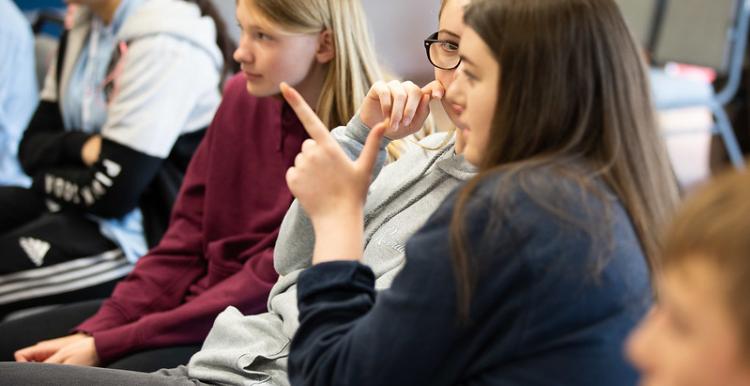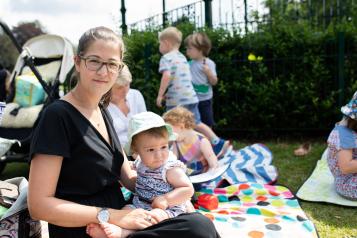Getting help to overcome abuse: a quick guide for young people

The guide is based on the NICE guideline on Child abuse and neglect, all written by young people who've experienced those difficulties.
The main aim is to help young people to understand what is meant by abuse and neglect and describes how young people might feel because of their experience.
What is child abuse and neglect?
Child abuse
Anything that someone does to cause harm to a child or young person.
It can include:
- Physical abuse – such as hitting, punching, burning, kicking or using weapons.
- Sexual abuse – forcing you to have sex; touching you or making you touch them. This type of abuse can also happen online and includes making you watch pornography or forcing you to send intimate pictures.
- Emotional abuse – making you feel scared, worthless or unloved; ignoring you; controlling who you spend time with or where you go; constantly checking where you are or who you are with.
Neglect
The ongoing failure to care properly for a child, for example not providing enough food, clothes or a safe place to live, or not getting medical care for you when you need it.
It is also about a lack of love, care or attention.
What does the guideline say?
The guideline helps people who work with young people understand how best to support you if you have been abused or neglected. This could be talking about what has happened or taking action to help you feel safe.

